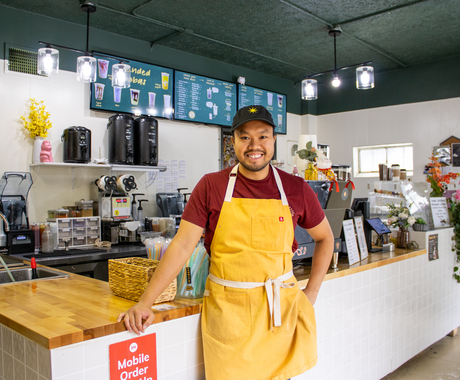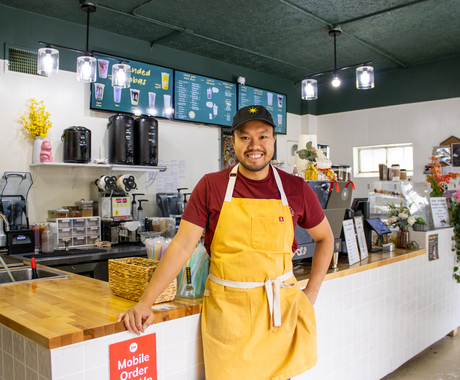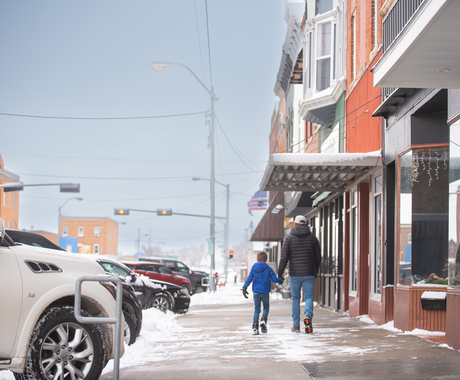Nick Bergin and Liz Stewart contributed to this essay.
The Center for Rural Affairs has a long, proud history of providing financial assistance to rural Americans who would otherwise be unable to get traditional financing. Center Development Director Nick Bergin recently sat down with Executive Director Brian Depew to discuss community development lending during an installment of the Center’s weekly web series, Rural Rapport. The below essay is based on their discussion.
Because the Center’s not a bank, I occasionally get asked: “Why did you get into lending?” Or “Why would you risk lending to people that banks won’t lend to?”
For me the better question is, what is the risk of not lending? That is the risk of job loss, disinvestment, declines in homeownership, fewer local businesses, and poorer economic outcomes for communities.
At the Center, we believe access to finance is a human right and an essential part of nurturing economic opportunity, social justice, and a vibrant future for rural communities. Many Americans use credit—to buy a house, buy a car, start a business. But, we don’t all have equal access to credit. The Center cares holistically about rural communities, and we’re driven to try to fill gaps that exist in the traditional finance world.
Banks see loan capital as a way to make a profit. We see capital as a tool to leverage in keeping rural communities great places to live.
Our efforts grew out of the international microfinance movement spearheaded by people like Muhammad Yunus who founded the Grameen Bank in Bangladesh nearly 40 years ago. In his book, “Banker To The Poor: Micro-Lending and the Battle Against World Poverty,” Yunus shares his experiences with community development finance.
Yunus described access to capital as a human right. He showed that you could lend responsibly to the poor—often with no collateral—and they would pay back the loans. In the U.S., this community finance movement ultimately grew into the Community Development Financial Institution (CDFI) industry. CDFIs, like the Center for Rural Affairs, provide affordable capital and financial services to economically disadvantaged communities and to combat historic discriminatory lending practices.
In the early ‘90s, the Center was conducting research on employment trends in the Great Plains as rural communities grappled with job losses, struggled to recover from the Farm Crisis, and saw continued outmigration. We found high rates of employment in non-farm small businesses.
We realized that for rural communities to survive in the face of dwindling employment opportunities in small-farm agriculture, they needed to diversify their economies.
Rural America needed entrepreneurs. And, rural entrepreneurs needed access to capital, technical assistance, and finance education. Nonprofit and community loan funds are an opportunity to rebalance access to capital and rebuild inclusive and vibrant communities.
The Center forged a path of holistic business development to enable rural people to build and maintain the communities they love.
As we saw (and continue to see) a retrenchment of traditional finance from the communities we serve. It became clear—if rural Americans want control over our own destiny, we need local control over at least some capital resources.
To watch the interview with Nick and Brian, visit our YouTube Channel. A new Rural Rapport on our work is broadcast each Tuesday at noon on Facebook, then posted to YouTube. To learn more about the Center’s community development lending and homeownership loans or to apply for a loan, visit cfra.org/lending.





